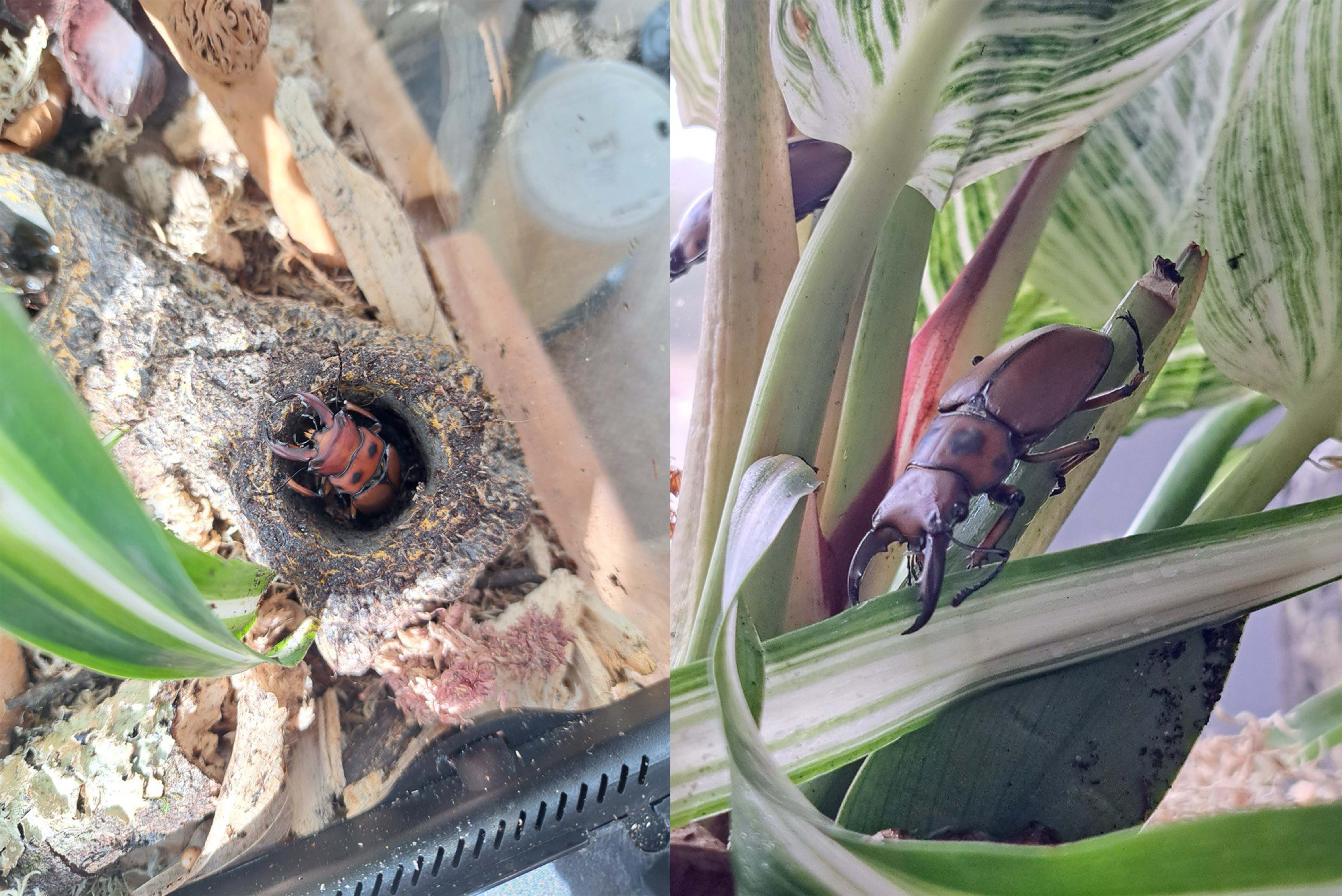The jaws of stag beetles have fascinated humans for centuries, serving as formidable weapons and providing the inspiration for dozens of horror movies.
Now a new study, led by London South Bank University (LSBU), reveals that unlocking the design secrets that allow them to be used as weapons and precise tools could drive major technological advances in robotics and medicine.
By applying advanced engineering analysis to the fighting jaws, or mandibles, of stag beetles, scientists have discovered a world of hidden functions and design principles that challenge long-held biological assumptions.
"Our study reveals how little we know about how these tools are truly used and designed,” said LSBU’s Dr Hamed Rajabi, senior lecturer in the school of engineering and design, the study’s lead author. “The findings show that nature's engineering is far more subtle and complex than we give it credit for. There's a whole world of functional potential hidden within these structures. The future applications could be immense and transformative."
The research team found that the link between a beetle's weapon shape and its combat strategy is not as simple as it appears. While some mandible designs are highly specialised for specific tasks like squeezing or twisting, others possess surprising "latent" capabilities for manoeuvres they aren't known to use.

The research, published in the journal PNAS Nexus, argues for a new focus on the vast, unexplored link between the design, material composition, and real-world function of natural weaponry.
The study makes the case that to unlock the next wave of bio-inspired technology, more research and support are urgently needed in this area.
Understanding the intricate co-evolution of a weapon's geometry and its material properties, like the beetle’s hardened cuticle, is fundamental to translating these natural innovations into human technology.
"Every animal weapon is a potential blueprint for a novel technology," said Dr Rajabi. "That could mean everything from highly efficient grippers for industrial automation to engineering the next generation of minimally invasive surgical instruments, or even specialised tools for autonomous search-and-rescue robots. But first, more research needs to be done. This study provides the Rosetta Stone, and now is the time to fund the exploration."
The paper is entitled ‘Engineering the battle: Design-specific analysis of stag beetle mandibles for combat efficiency’ and is published in PNAS Nexus.


